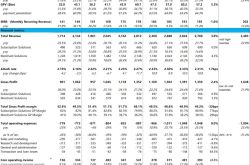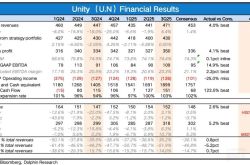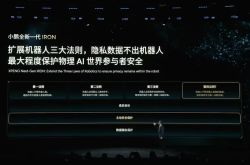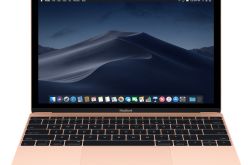DeepSeek Shatters US AI Bubble: NVIDIA Chips Still Vital, Don't Be Misled
![]() 02/04 2025
02/04 2025
![]() 403
403
Those who follow the AI field are well aware that the hottest AI large model globally is DeepSeek. This small Hangzhou-based company, using less than one-tenth of the cost of OpenAI and a fraction of GPU chips, along with purely Chinese talent, has trained a large model in a short period of time that rivals OpenAI's.
On New Year's Eve, DeepSeek released another new model, with text-to-image capabilities superior to OpenAI's, momentarily shocking the world.

Many claim that this company has burst the US AI bubble, particularly the NVIDIA AI chip bubble.
It's crucial to understand that previously, developing an AI large model required stacking immense computing power, involving tens of thousands, even hundreds of thousands of NVIDIA graphics cards. There was a consensus that while AI chips didn't guarantee success, their absence certainly led to failure.
Some assert that DeepSeek has revealed that we don't actually need to buy so many NVIDIA chips, implying that NVIDIA deceived everyone and that no one will buy their AI chips in the future.
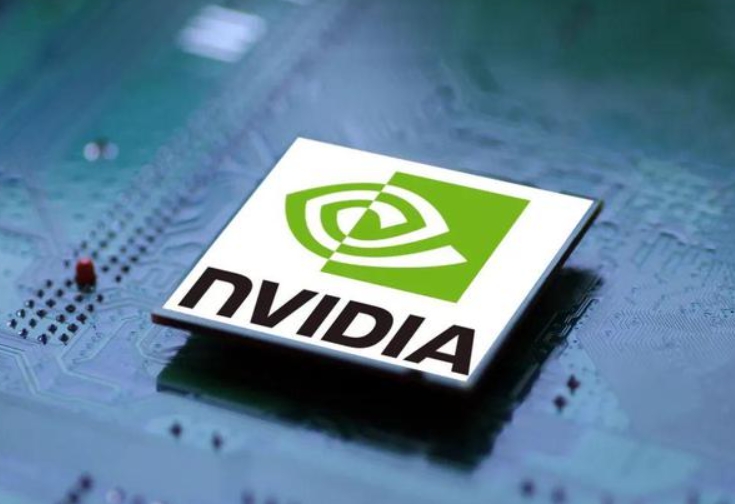
In my view, such thinking is misguided.
DeepSeek's AI large model differs from OpenAI's in that it focuses all its efforts on a very specific point, abandoning many subsequent elements such as multimodality.
DeepSeek is more about exploring a direction, so it doesn't require as many cards in the early stages. During exploration, the effect of 100,000 cards might be similar to that of 10,000 cards.
However, once the direction is explored, the application scenario is determined, and large-scale deployment begins, computing power must be stacked.
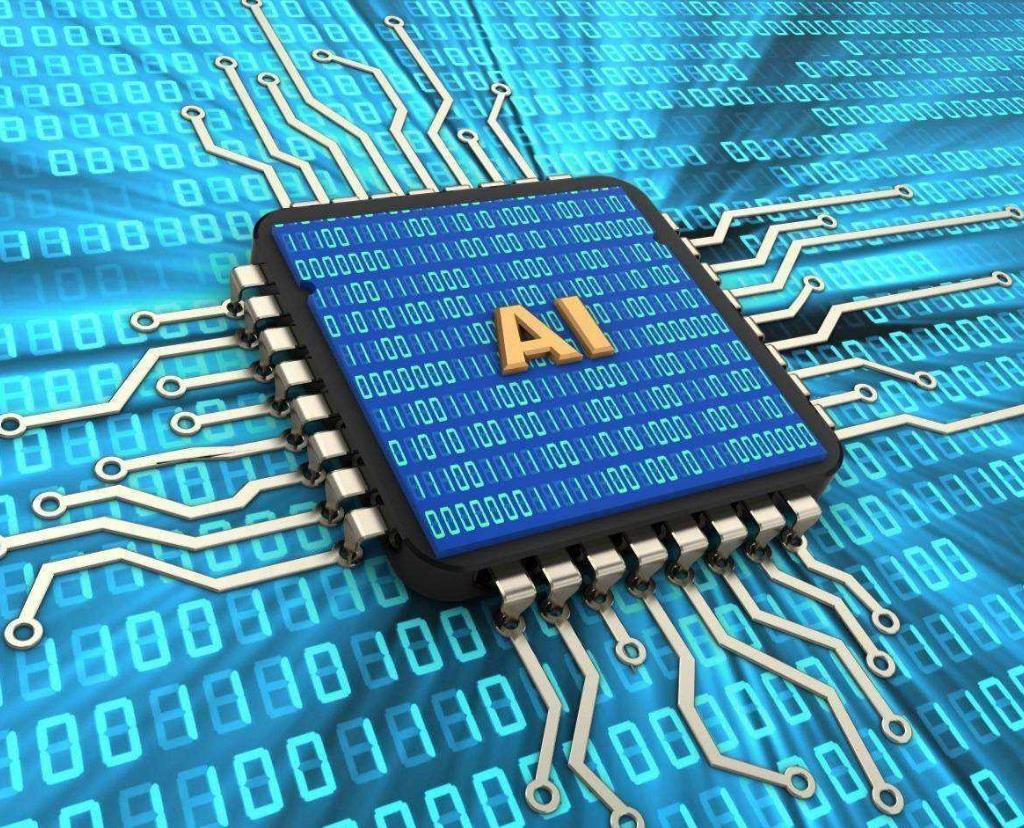
Thus, for enterprises with mature technology and a clear direction, they will undoubtedly continue to use advanced GPUs and purchase a significant number of AI chips. This is inevitable.
DeepSeek's emergence simply shows that AI large models can be refined and researched precisely to a certain point for breakthroughs. In the early stages, companies might reduce investment in AI chips, but this won't change in the long run.
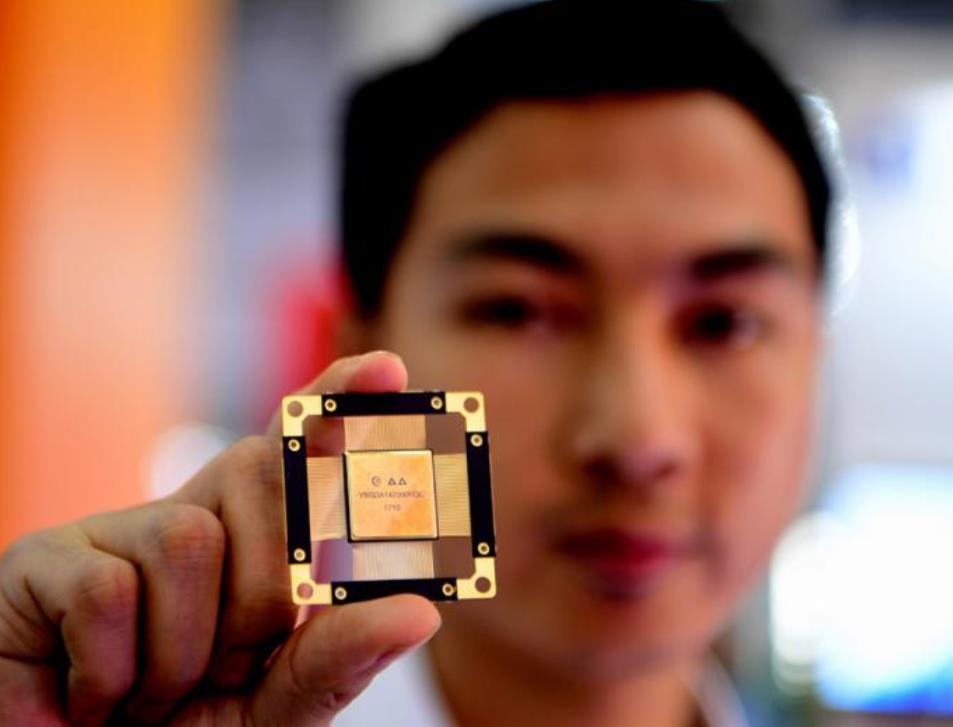
Therefore, NVIDIA's AI chips will continue to sell well for the foreseeable future.
Regarding the notion that domestic AI chips have an opportunity because powerful AI chips aren't necessary for products like DeepSeek, and that no one will buy NVIDIA anymore, this viewpoint is partially correct.
In the early stages, domestic AI chips can indeed serve as a substitute. However, when it comes to comprehensive computing power stacking, advanced AI chips will have a significant advantage. Hence, domestic AI chips still need to step up their game and cannot assume that the era has been overturned solely due to DeepSeek's emergence.


